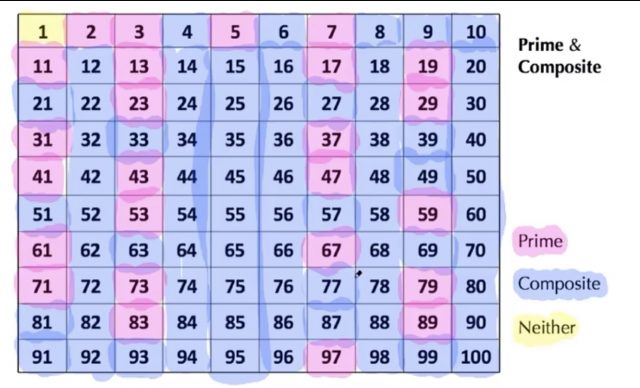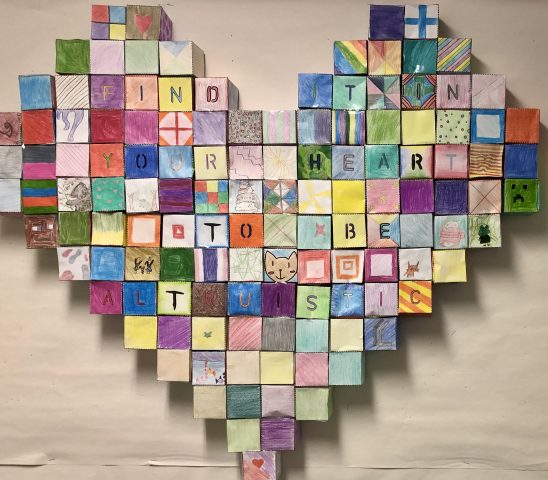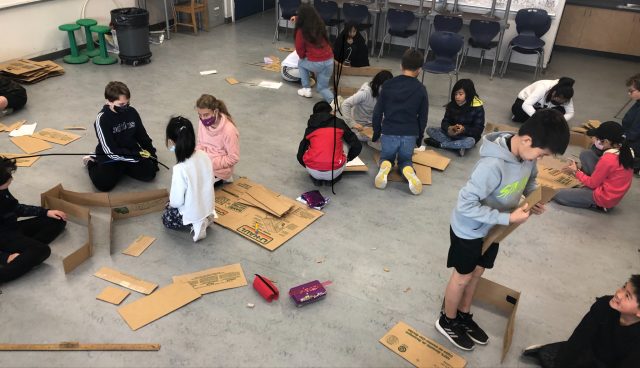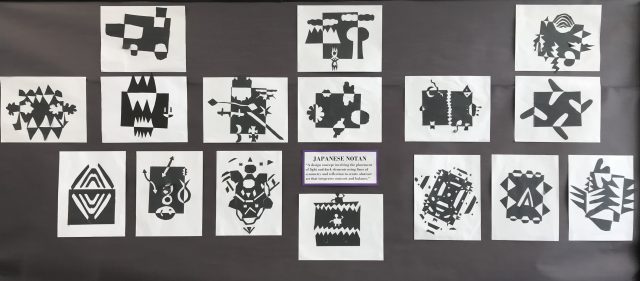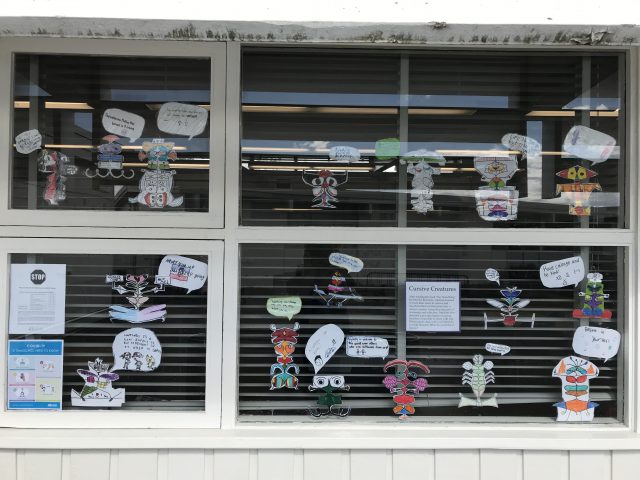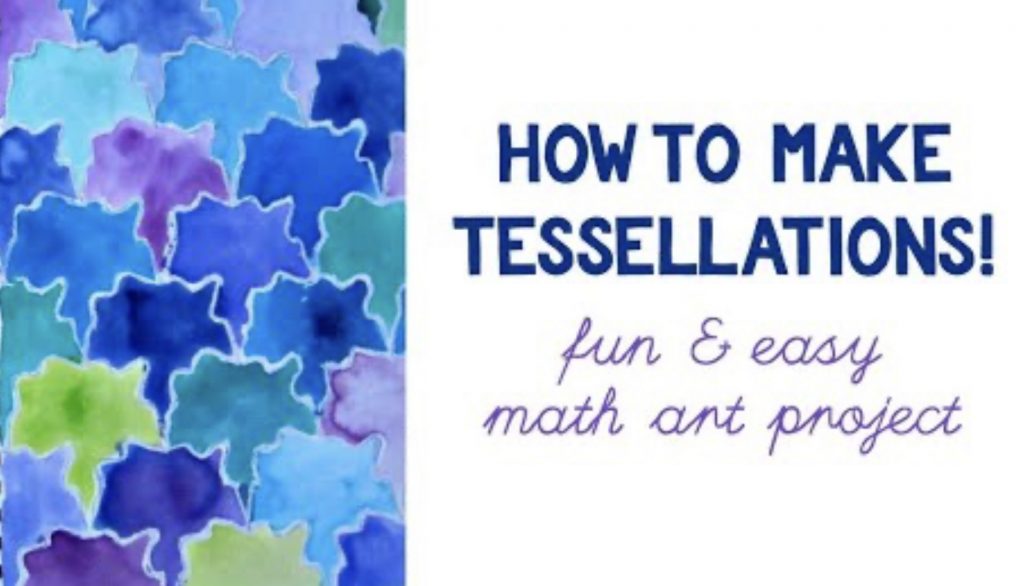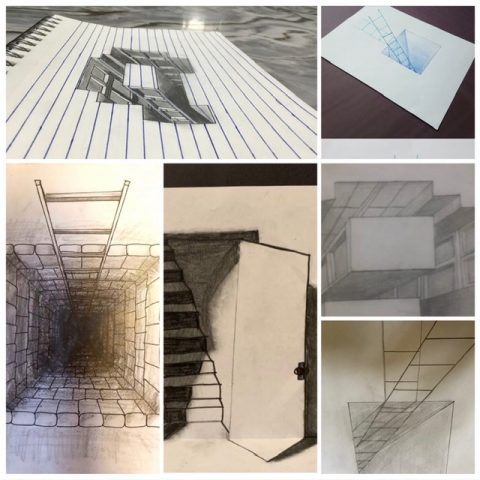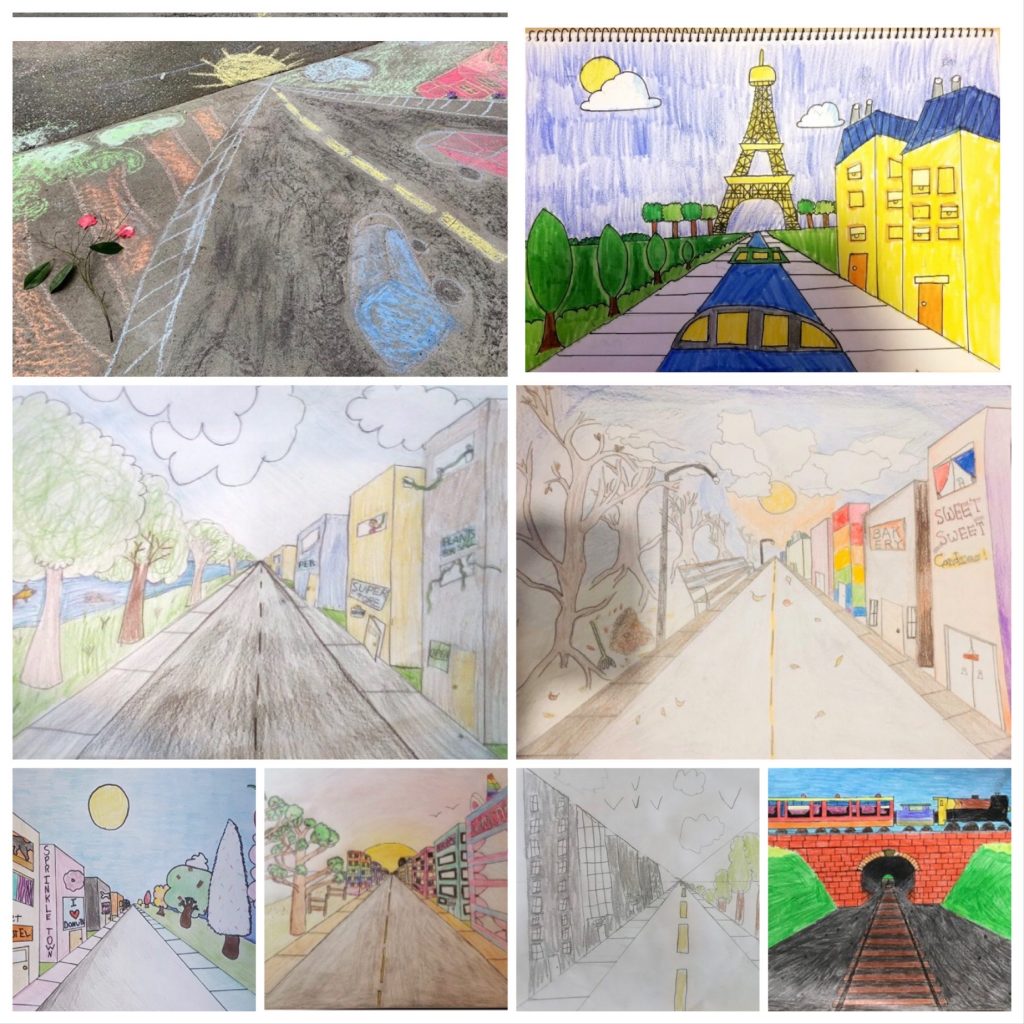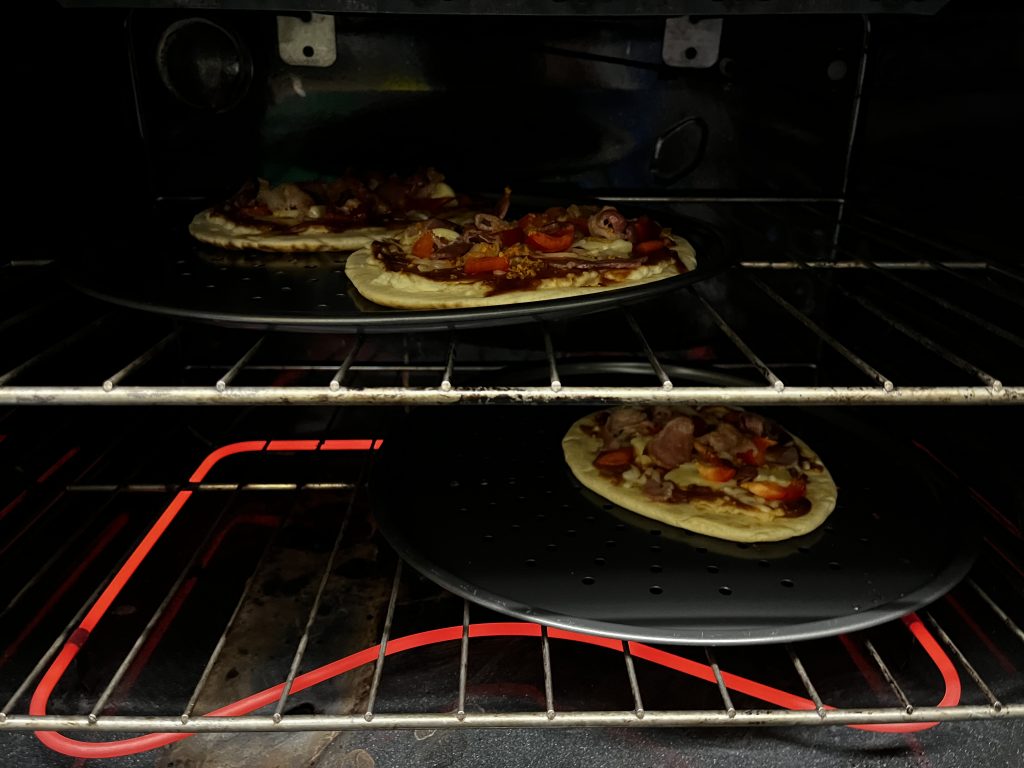
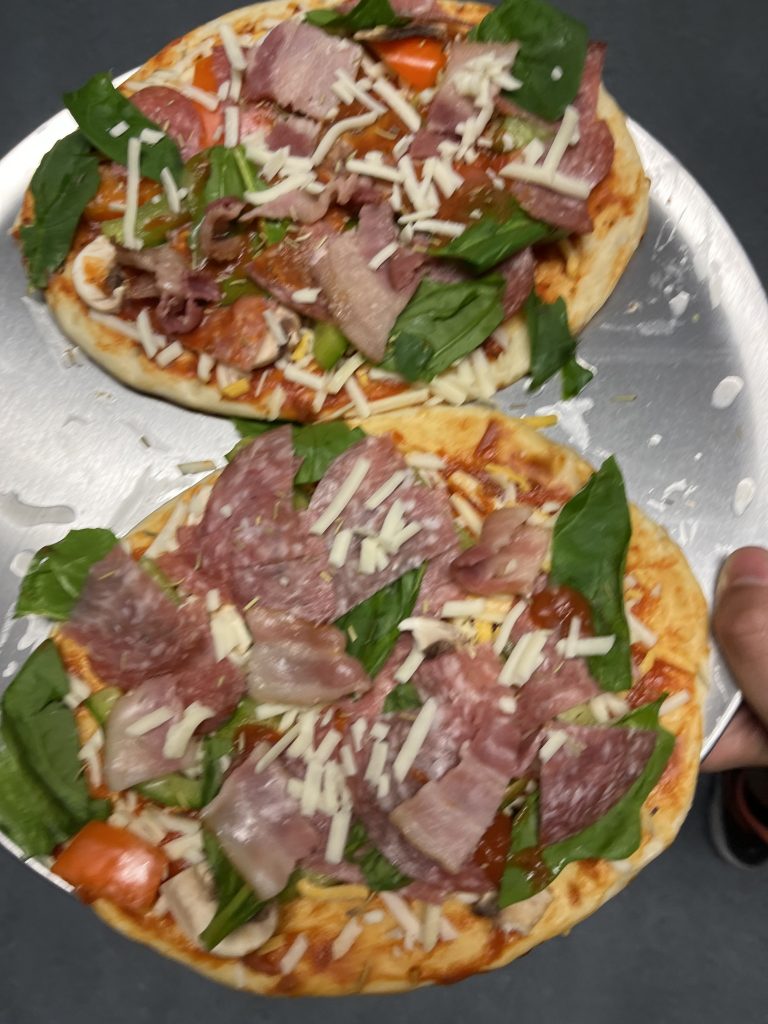
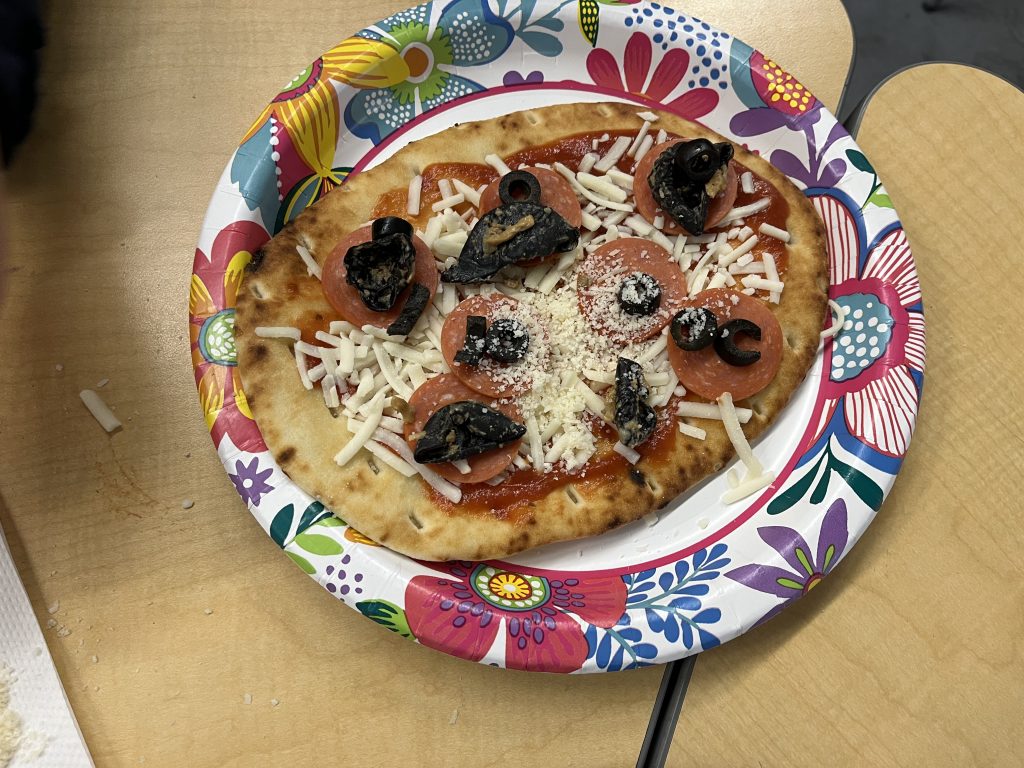
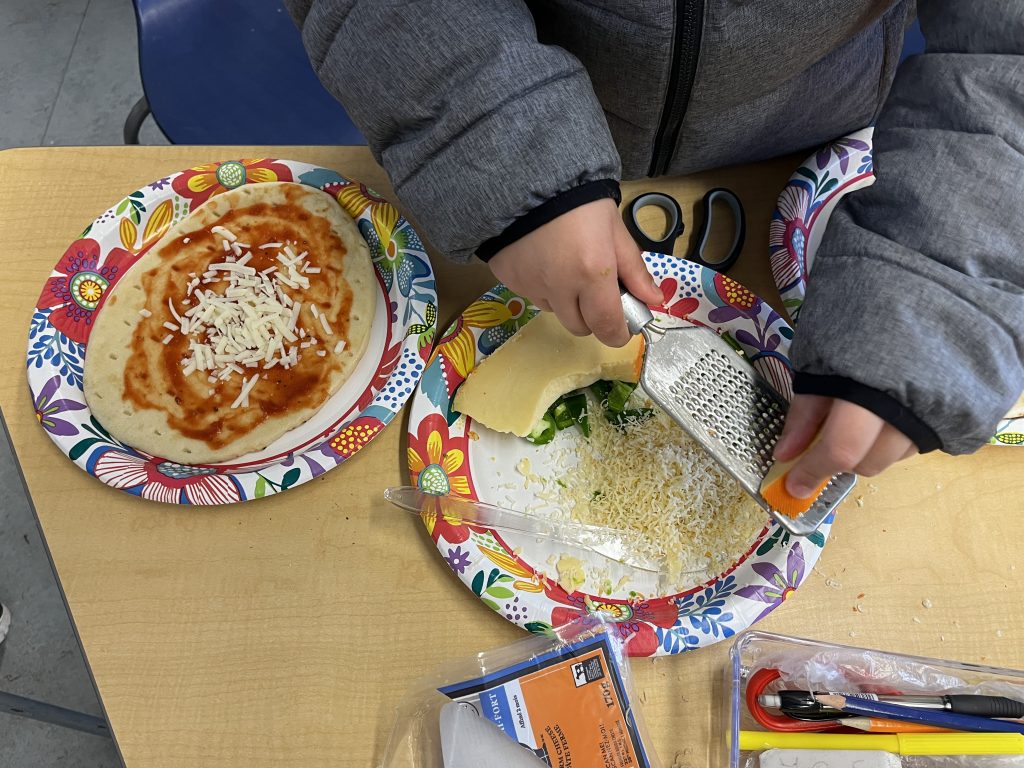
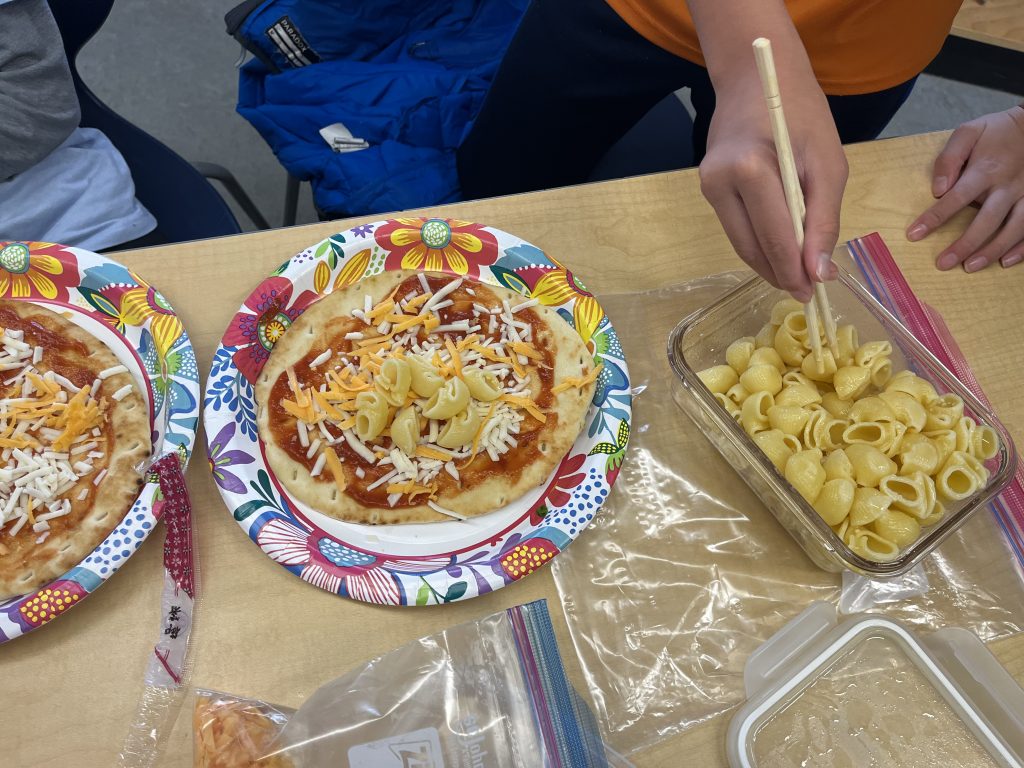
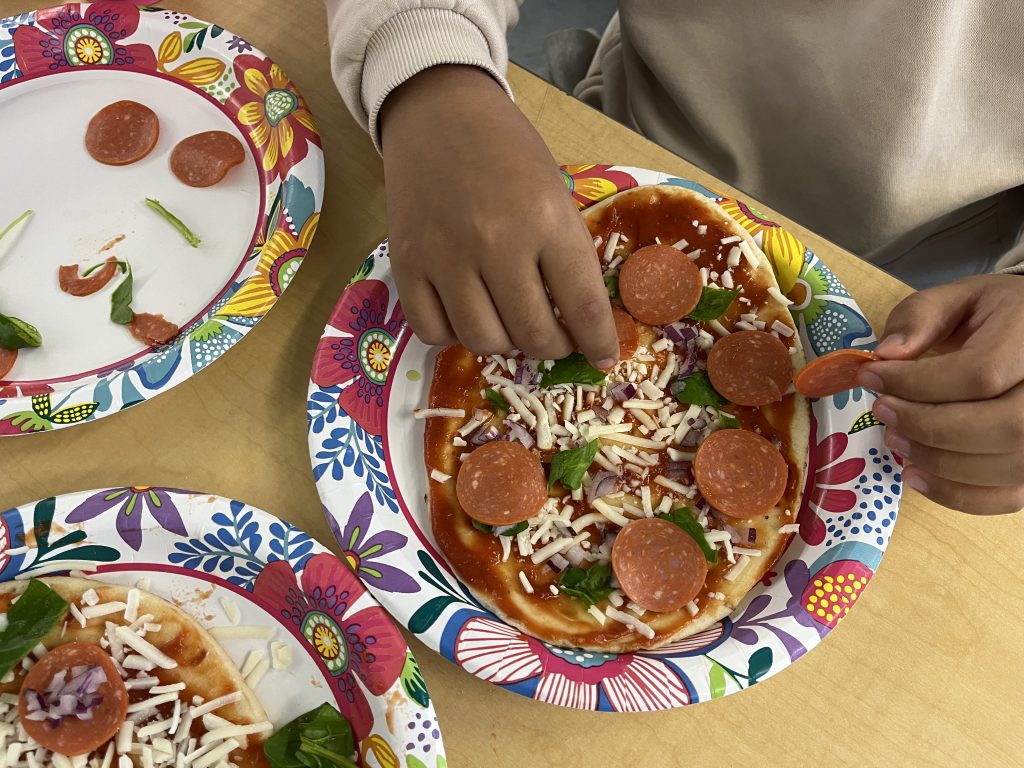
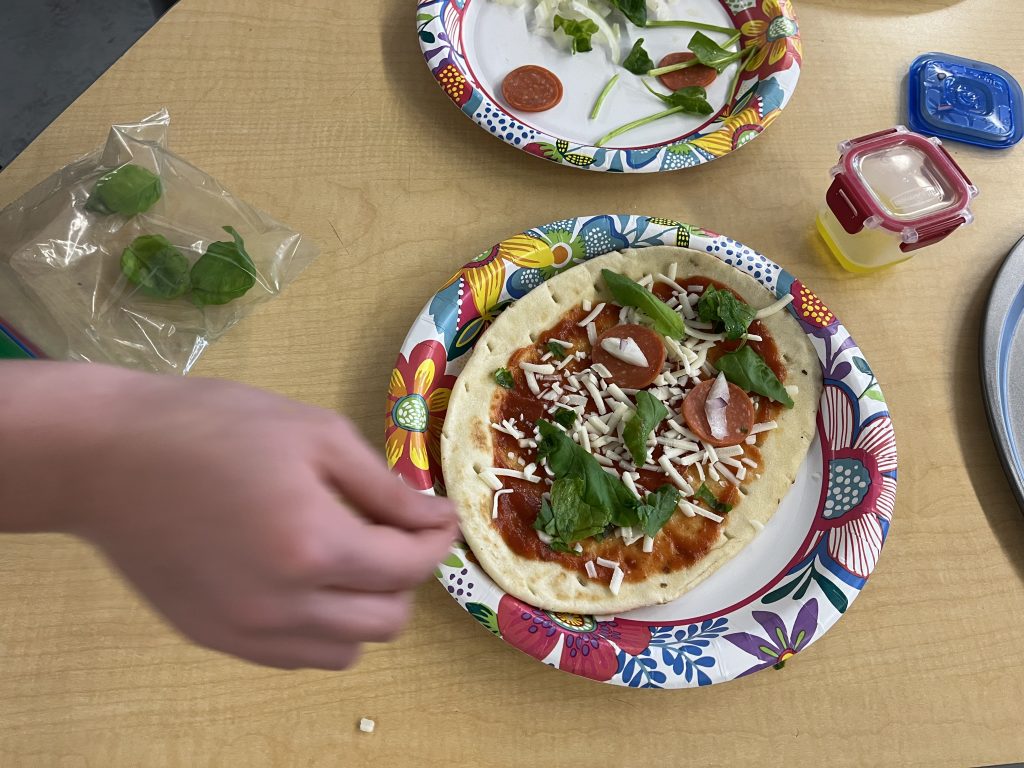
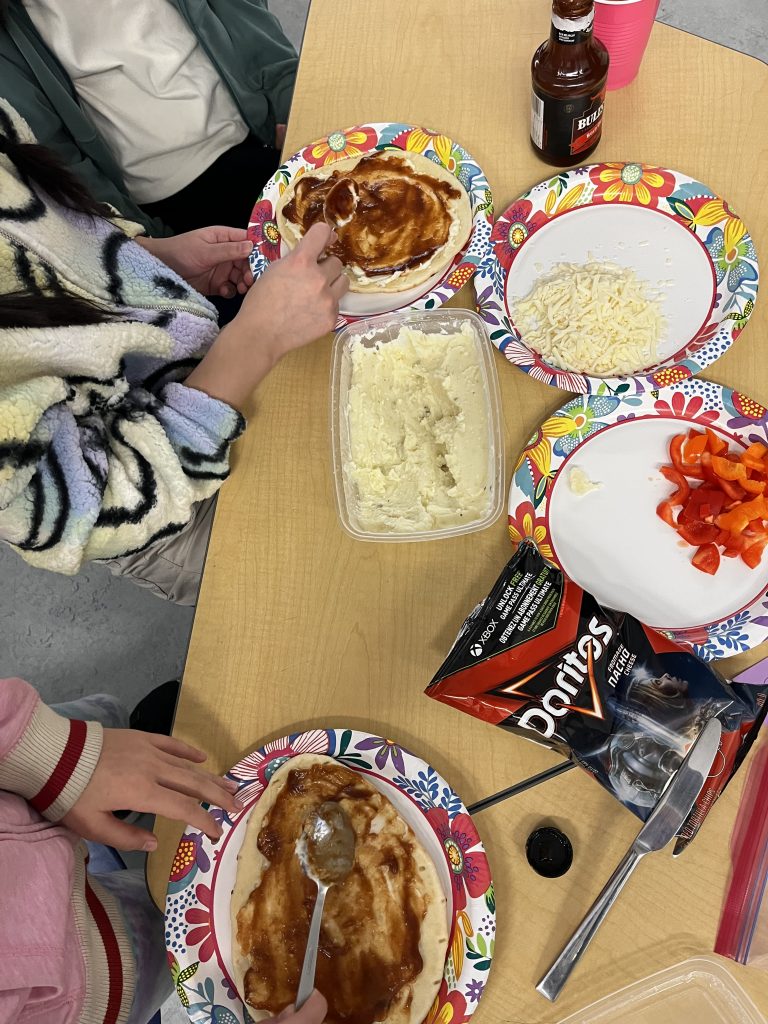
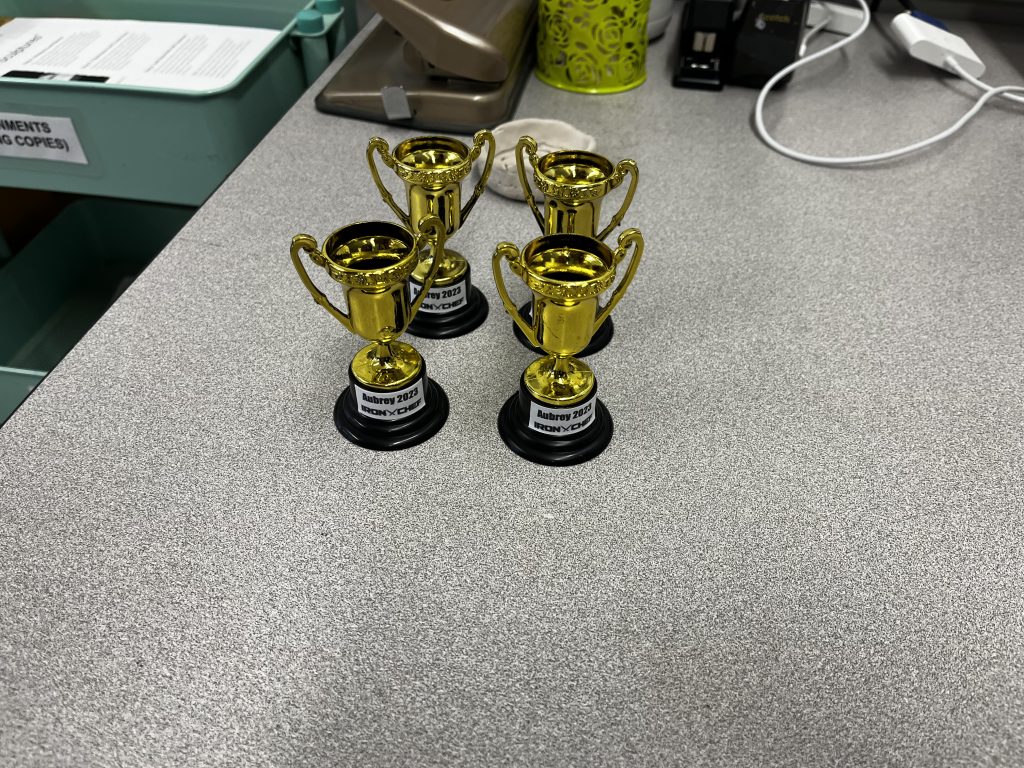
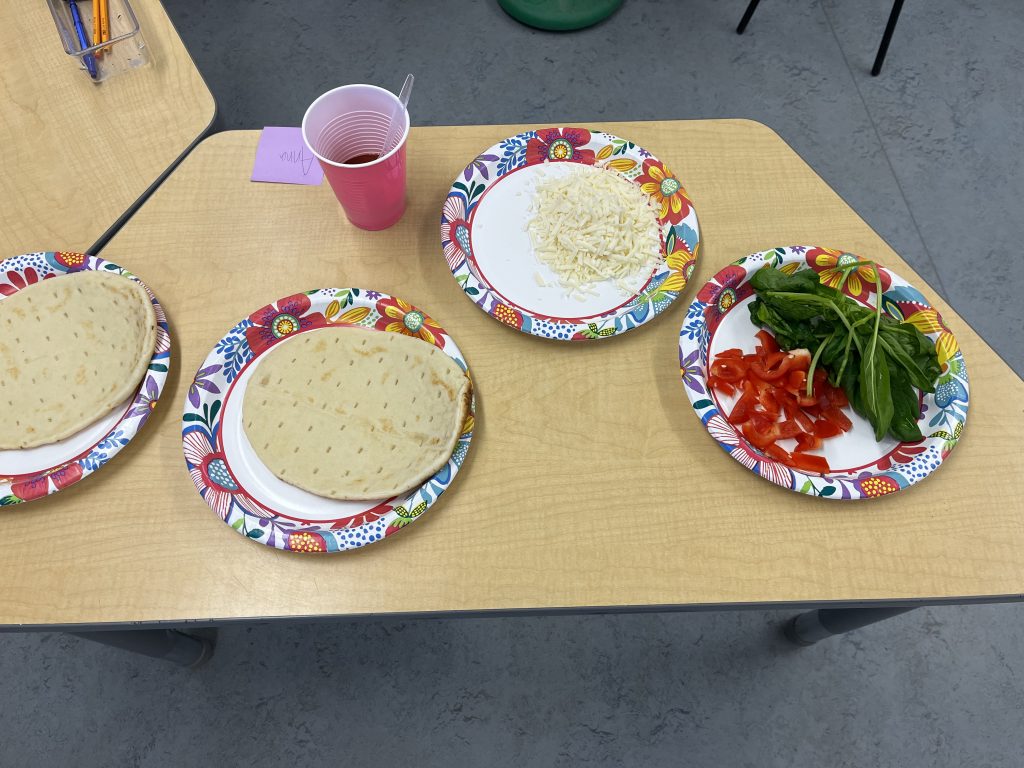
This integrated unit involved:
ADST -prototyping, food safety, and making their pizza to show creativity, originality, and bold flavors.
Math-financial literacy (budgeting).
Health-Nutrition and menu/recipe planning and the exploration of healthy/unhealthy ingredients.
French-food vocabulary and how to order pizza in French.
Students really enjoyed planning for this activity and made some incredible pizzas. The whole school smelled amazing and the judges were left salivating over their final creations. Once the pizzas were judged, students got to enjoy their final creations. They all turned out great and there was very little if any remaining pizza. Well done Division 3!
